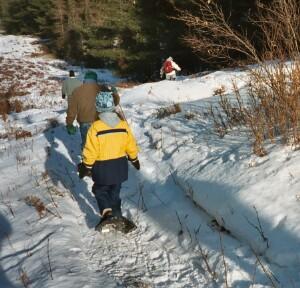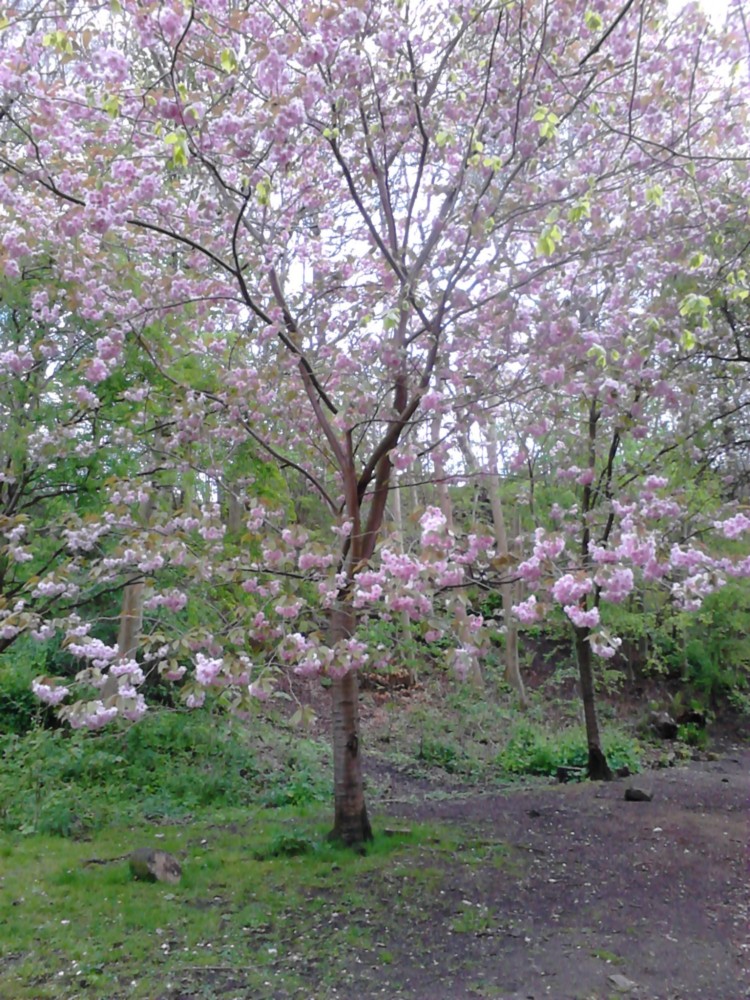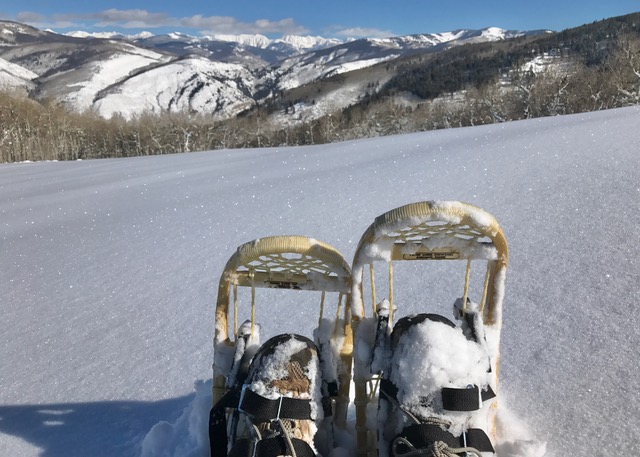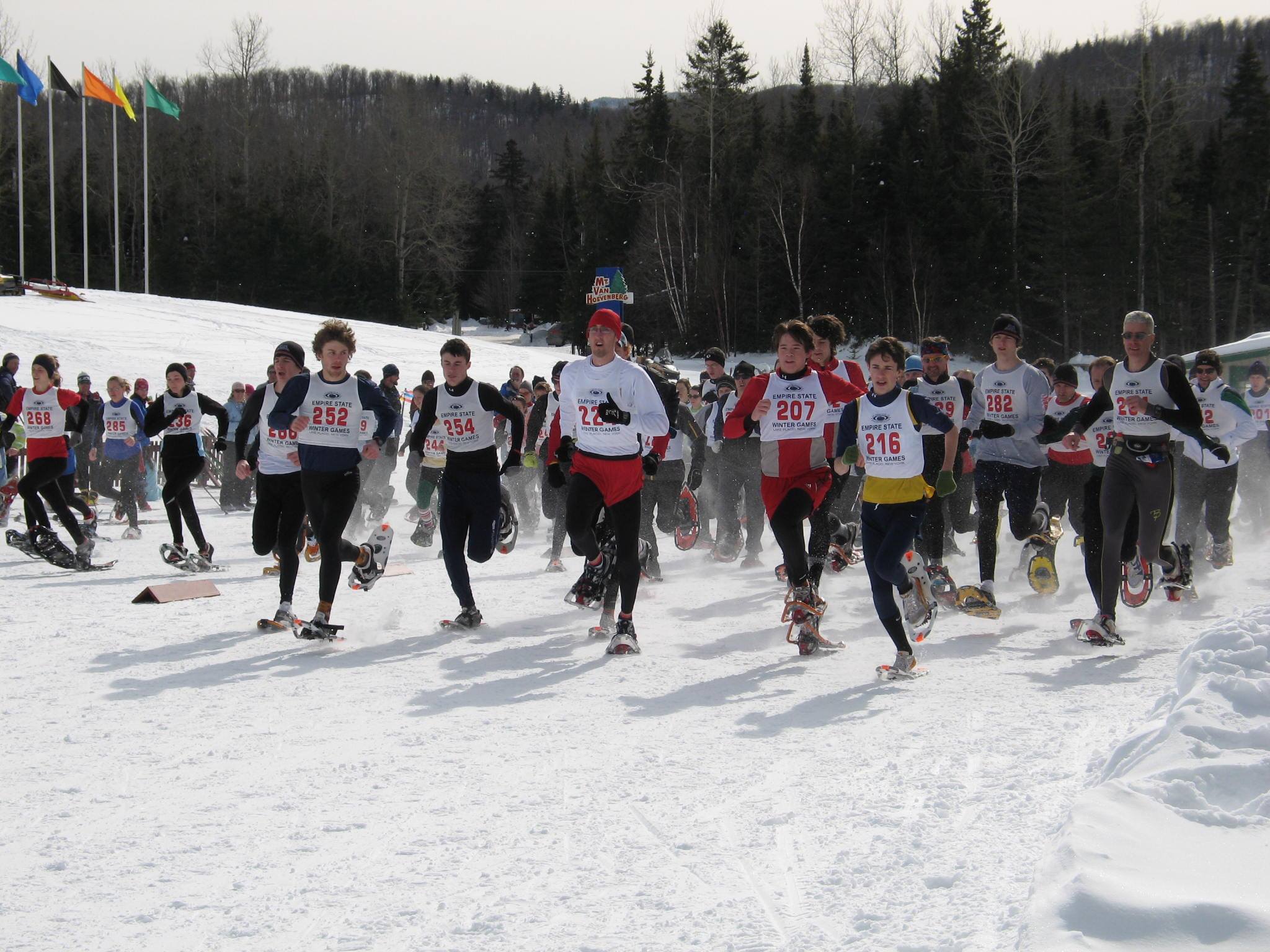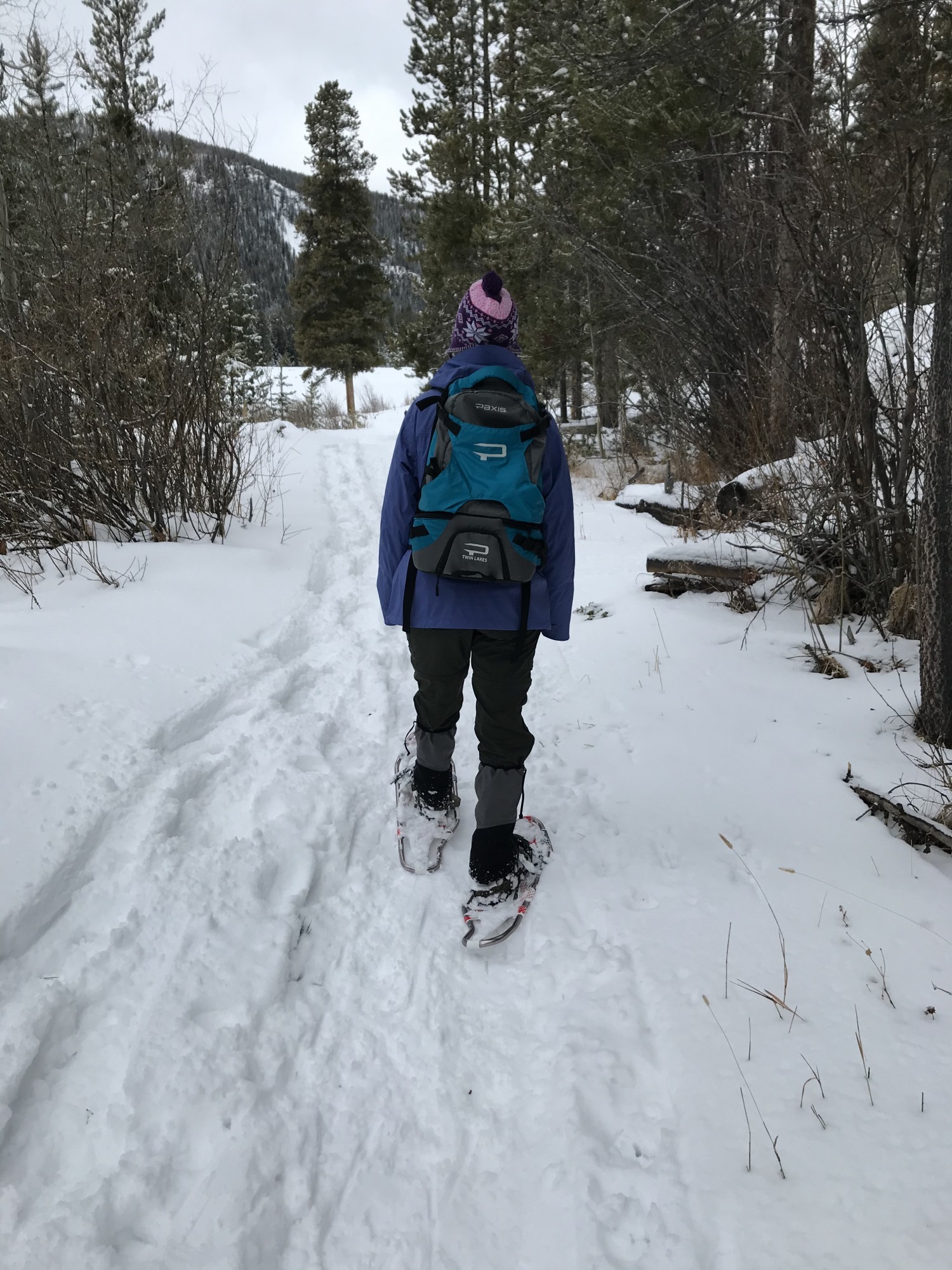As a kid, I remember we played in the sandbox during warm weather on Saturday afternoons. And during winter, we played in the snow. We would make a snow fort and have snowball fights. To end the day, we made a magnificent snowman wearing a scarf and hat, carrot for a nose, and coal for its eyes and mouth. How I loved those Saturdays.
In high school, Saturdays in winter meant downhill skiing at a local ski resort, or an afternoon of sledding down a park hill. And college years were spent mostly cross-country skiing.
Today on winter Saturday afternoons, I snowshoe on a local park trail surrounded by a winter wonderland. On occasion it means putting on snowshoes and hiking out on a lake to set up my pop-up fish shanty and spend the afternoon in the winter sun attempting to catch bluegill or perch. How I long for every day to be Saturday.
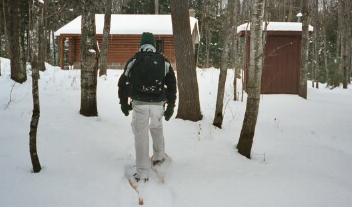
If everyday was a Saturday, here are things I would do:
1) I would hike on my favorite snowshoe trail. One of my favorite places to snowshoe close to home is on a 1,924-foot high hill in Wisconsin referred to as Rib Mountain. The trails are marked only for snowshoeing, providing a quiet opportunity for hiking through a beautiful mixed hardwood and conifer forest and among some ancient quartzite boulders and talus slopes.
2) On my second Saturday, I would snowshoe to a nearby lake in the forest. A small but hidden lake rests gracefully in the northwoods of the Hiawatha National Forest in Northern Michigan. On one occasion, two friends and I got out our map and compass. We broke trail one mile through majestic pines to find this hidden frozen treasure.
3) My next Saturday would involve playing a game on snowshoes with my granddaughters or going on an adventurous hike. I love to snowshoe with my four- and eight-year-old granddaughters. On one occasion, we hiked along the shoreline of Wisconsin’s Eau Pleine flowage near our home during a full moon and howled for wolves. Although we did not get a return wolf call, we did have spotlights shining our way from curious nighttime fishermen in shanties along the bay.
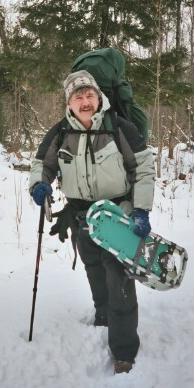
4) And they are off! Snowshoes kicked with intense impact against a snow-packed trail! Hearts pounded and adrenalin flowed as competitors raced toward a finish line! Watching a snowshoe race would take up my next Saturday. Since I am not a racing athlete, I found that the excitement of watching others race in a 5K, 10K or 20K snowshoeing event can be a fun way to spend an afternoon on a cold winter day.
5) Located along the shores of Lake Superior in the Porcupine Mountains of Michigan sits a rustic cabin buried deep in the woods among snow-laden hemlock and pine. On this Saturday, I would snowshoe about three miles to the cabin in the woods; a cabin with no running water, no electricity, and only a bunk for sleeping and a wood stove for warming. This adventure offers an opportunity to experience back-to-basics away from the crowds and hustle and bustle of everyday life.
6) On my sixth Saturday, I would backpack on snowshoes and winter camp. Each season I lead a group of college students on an adventurous backpacking trip. Last year we camped in the Sylvania Wilderness Area of Northern Michigan. After snowshoeing the length of scenic Clark Lake, we set up camp on a bed of snow near the southeast shore and built a warming fire. Student had an opportunity to experience camping at its finest.
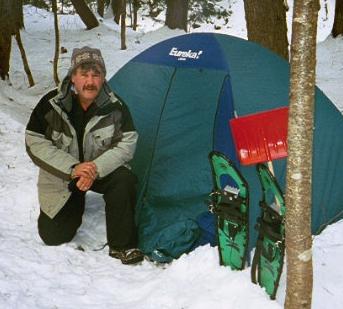
7) My final Saturday would include teaching others what I know about the sport of snowshoeing. I love spending time with my students, informing them about winter safety, weather, Leave No Trace, snowshoe history, snowshoes and gear, sizing and fitting, snowshoeing techniques, competitive games, and all the marvelous resources available about the sport. I find it my way to give back to the next generation what I have learned over the years.
I guess this is what retirement will be all about for me in about 10 years from now, a week full of Saturdays. Maybe I can build a snow fort and find some senior citizens to engage in a snowball fight and relive my childhood. Or, I can enjoy winters on my snowshoes. I am an avid snowshoer in my mid 50s, and sometimes students one-third my age have a hard time keeping up with me. When I’m in my 60s, 70s and maybe 80s, I hope I can continue to snowshoe with vigor.
A few years ago I was working on the finish line at a Midwest Snowshoe Championship event and USSSA regional qualifying snowshoe race in Luck, Wis. A 75-year-old man crossed the finish line completing a 5K snowshoe race. He was huffing and puffing, and I was worried he was going to have a heart attack. He said something like “I don’t know why I feel I have to prove to myself I can do this.” But following the race and after he was rested, I enjoyed seeing the smile on his face as he received a trophy for first place in his division and a round of applause from his snowshoeing peers. He was truly a heroic athlete in my mind. I hope I too can live up to his achievements at 75 years of age.
Hulda Crooks is a legend in the history of outdoor recreation as she climbed some 97 peaks, including Mt. Whitney, the highest mountain in the continental United States. She climbed it 23 times. The inspiring aspect to her story however, is that she conquered her first mountain at the age of 66 and was the oldest woman to summit Mt. Fuji at 91 years old. She died in 1997 at the age of 101 and left an inspiring legacy for all of us to learn from her experiences.
The lesson in these two stories is that no matter what your age, as long as you have your health, you can begin a new adventure or continue with the adventures you love. I love to snowshoe. When I reach the time when every day becomes a Saturday, I plan to snowshoe my Saturdays away as long as the snow flies. I learned my lesson from Hulda and others who have inspired outdoor recreation and snowshoeing into their senior years, in that everyday that becomes a Saturday will be well spent.
